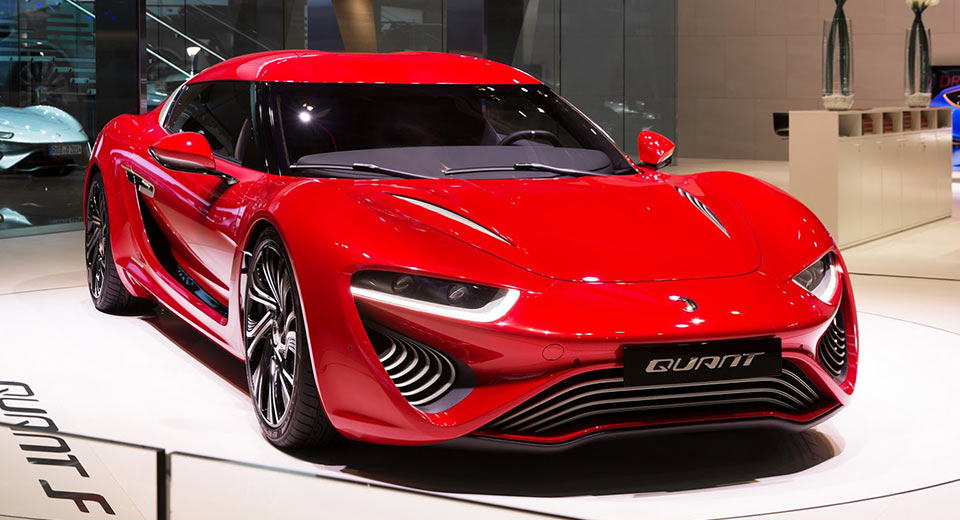Back in March, NanoFlowcell brought its upgraded 1,090 PS Quant FE at Geneva, showcasing the vehicle’s innovative electric powertrain, which requires refueling, not recharging.
At the time it didn’t make big headlines, as the show was crowded with product launches, so now NanoFlowcell is taking the opportunity to explain once again why the flow-cell battery technology doesn’t lead to a dead end like the rest of the electric cars.
The company’s most recent blog post states that EVs aren’t selling like hot cakes and how “virtually no-one wants an electric vehicle”.
Elon Musk might disagree, but NanoFlowcell argues that “manufacturers who invest in the development of conventional electric cars are acting out of expedient optimism”, and that no one has managed to resolve the difficulties associated with battery-powered electric vehicles, such as long charging times, insufficient range and lack of a suitable infrastructure.
According to Chief Technology Officer of NanoFlowcell Holdings Ltd and inventor of the NanoFlowcell energy storage technology, Nunzio La Vecchia, electric mobility can be executed in a less complicated and costly way.
Vehicles powered by nanoFlowcell operate just like conventional electric vehicles and, at the same time, like the ones with traditional internal combustion engines. Instead of using a bulky and heavy lithium-ion battery pack, the company provides a shoebox-sized nanoFlowcell and two fuel tanks containing around 150 liters of bi-ION electrolyte liquid.
This solution cancels the need of recharging the battery, as the electrolyte liquid – containing positive and negatively charged electrolyte – reacts inside the nanoFlowcell and releases electricity. Moreover, in contrast to conventional fuels, the bi-ION electrolyte liquid isn’t explosive, flammable or harmful to the environment, and can be refilled into the system just like any other fuel.
Given the appropriate production equipment, the liquid can be manufactured anywhere and the distribution would make use of the existing fuel stations instead of building expensive, specific units like plug-in vehicle recharging stations, for example.
This novel approach to EVs seems to solve many problems, though we’ll need to see a NanoFlowcell vehicle in production to judge its merits and (possible) drawbacks.












